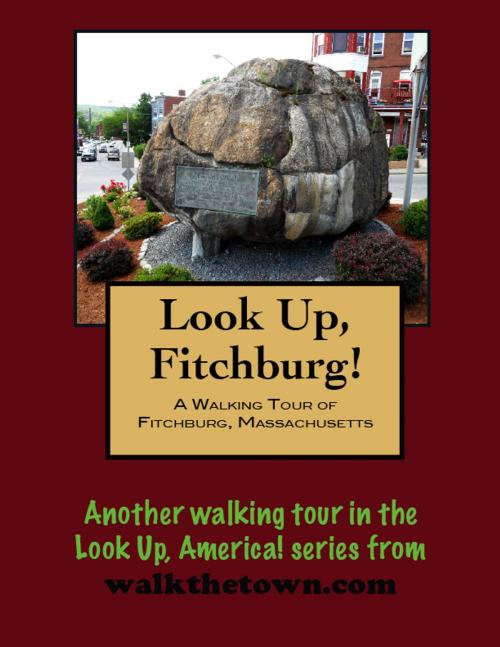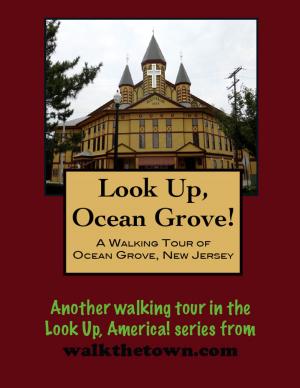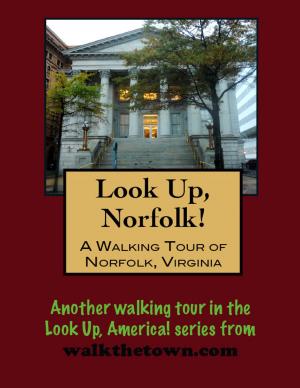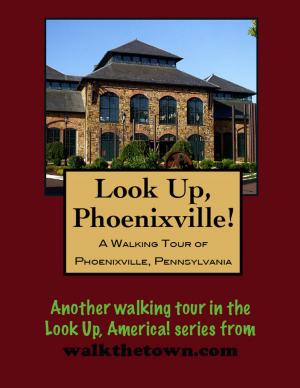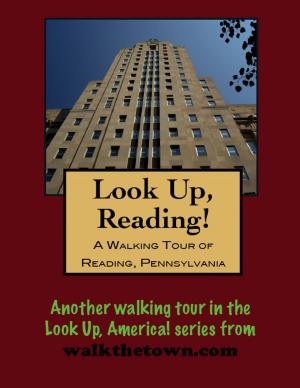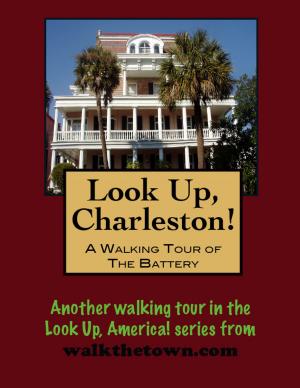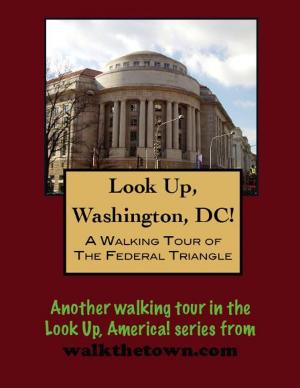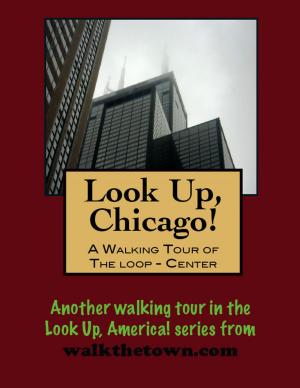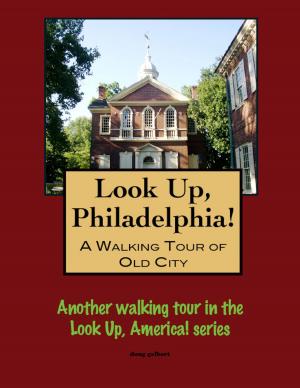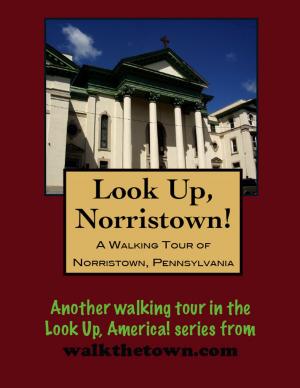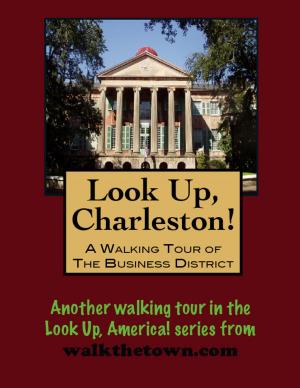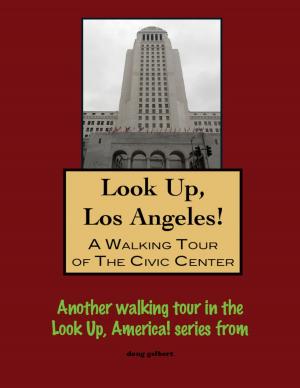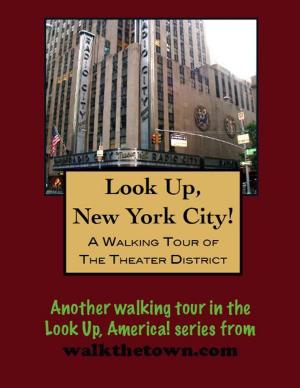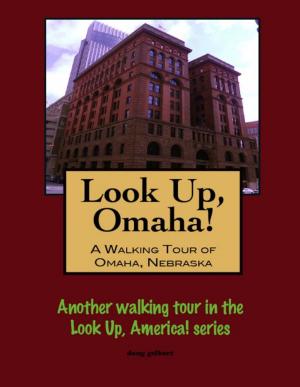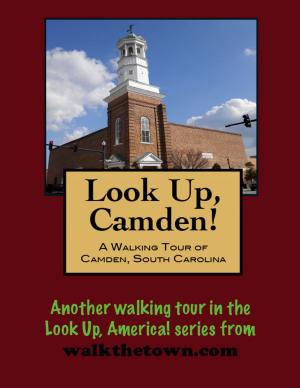| Author: | Doug Gelbert | ISBN: | 9781458087102 |
| Publisher: | Doug Gelbert | Publication: | February 14, 2011 |
| Imprint: | Smashwords Edition | Language: | English |
| Author: | Doug Gelbert |
| ISBN: | 9781458087102 |
| Publisher: | Doug Gelbert |
| Publication: | February 14, 2011 |
| Imprint: | Smashwords Edition |
| Language: | English |
There is no better way to see America than on foot. And there is no better way to appreciate what you are looking at than with a walking tour. Whether you are preparing for a road trip or just out to look at your own town in a new way, a downloadable walking tour is ready to explore when you are.
Each walking tour describes historical and architectural landmarks and provides pictures to help out when those pesky street addresses are missing. Every tour also includes a quick primer on identifying architectural styles seen on American streets.
What is today Fitchburg was once the western part of Lunenburg that was first settled in 1719 and incorporated in 1728. When people out by this part of the Nashua River became weary of the time it was taking to walk to church and town meetings it became a separate town called Fitchburg in 1764. John Fitch was an early settler and innkeeper. His town would fare better than poor Mr. Fitch. In 1748 Fitch, his wife and five children were attacked and captured by Indians. Although they were set free, his wife died on the trip back to Fitchburg. Fitch eventually became destitute and was passed throughout New England by towns who could no longer afford to care for him and he died on April 8, 1795. No one knows where he is buried.
From the early days this was farming and dairy country but the hilly terrain around town and the tumbling waters flowing through the valley always held the promise of industry. In the first years of the 19th century textile manufacturing had taken hold and paper mills that would become dominant in Fitchburg had started. The locally financed Fitchburg Railroad pushed out from Boston in 1845 and soon there were rail connections to the north, south and west as well. By 1860 there were 136 industrial companies recognized in the town business directory. Over the next 50 years the population, fueled by immigration to man the factories, would explode 400% from less than 10,000 to about 40,000.
The wealth generated by this economic boom showed up on the Fitchburg streetscape in richly ornamented Victorian architecture. Many of the choicest commissions went to Henry Martyn Francis who was born in Lunenburg in 1836. After apprenticing as an architect and working as a carpenter he helped design buildings in Portland, Maine after the Great Portland Fire of 1866. He put out his own shingle on Main Street in Fitchburg in 1868. Before he died forty years later he left behind some 30 schools, 25 churches, several dozen public buildings and hundreds of private residences in a variety of architectural styles.
Our walking tour of Fitchburg will bump into several Francis buildings but we’ll start in an architecturally rich nook of the city that doesn’t feature any of H.M Francis’ work, Monument Park...
There is no better way to see America than on foot. And there is no better way to appreciate what you are looking at than with a walking tour. Whether you are preparing for a road trip or just out to look at your own town in a new way, a downloadable walking tour is ready to explore when you are.
Each walking tour describes historical and architectural landmarks and provides pictures to help out when those pesky street addresses are missing. Every tour also includes a quick primer on identifying architectural styles seen on American streets.
What is today Fitchburg was once the western part of Lunenburg that was first settled in 1719 and incorporated in 1728. When people out by this part of the Nashua River became weary of the time it was taking to walk to church and town meetings it became a separate town called Fitchburg in 1764. John Fitch was an early settler and innkeeper. His town would fare better than poor Mr. Fitch. In 1748 Fitch, his wife and five children were attacked and captured by Indians. Although they were set free, his wife died on the trip back to Fitchburg. Fitch eventually became destitute and was passed throughout New England by towns who could no longer afford to care for him and he died on April 8, 1795. No one knows where he is buried.
From the early days this was farming and dairy country but the hilly terrain around town and the tumbling waters flowing through the valley always held the promise of industry. In the first years of the 19th century textile manufacturing had taken hold and paper mills that would become dominant in Fitchburg had started. The locally financed Fitchburg Railroad pushed out from Boston in 1845 and soon there were rail connections to the north, south and west as well. By 1860 there were 136 industrial companies recognized in the town business directory. Over the next 50 years the population, fueled by immigration to man the factories, would explode 400% from less than 10,000 to about 40,000.
The wealth generated by this economic boom showed up on the Fitchburg streetscape in richly ornamented Victorian architecture. Many of the choicest commissions went to Henry Martyn Francis who was born in Lunenburg in 1836. After apprenticing as an architect and working as a carpenter he helped design buildings in Portland, Maine after the Great Portland Fire of 1866. He put out his own shingle on Main Street in Fitchburg in 1868. Before he died forty years later he left behind some 30 schools, 25 churches, several dozen public buildings and hundreds of private residences in a variety of architectural styles.
Our walking tour of Fitchburg will bump into several Francis buildings but we’ll start in an architecturally rich nook of the city that doesn’t feature any of H.M Francis’ work, Monument Park...
